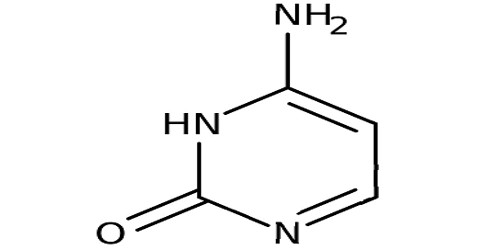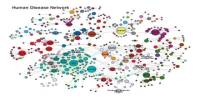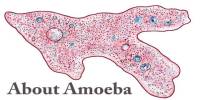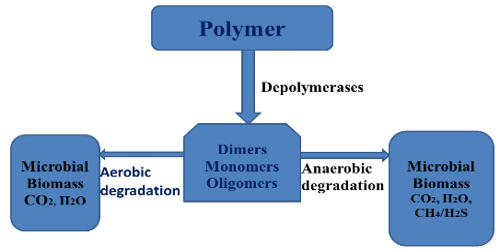Cytosine is one of the 5 main nucleobases used in storing and transporting genetic information within a cell in the nucleic acids DNA and RNA. It is a pyrimidine, and one of the nitrogenous bases found in ribonucleic acid (RNA) and deoxyribonucleic acid (DNA). It is a pyrimidine base that is a fundamental unit of nucleic acids. It is one of four chemical bases in DNA, the other three being adenine (A), guanine (G), and thymine (T). It has the unique property in that it binds in the double helix opposite guanine, one of the other nucleotides.
In DNA and RNA, cytosine is paired with guanine. It is a structural subunit of ribonucleic acid that consists of cytosine and the sugar ribose. However, it is unstable and can change into uracil (spontaneous deamination). This can lead to a point mutation if not repaired by the DNA repair enzymes such as uracil glycosylase, which cleaves uracil in DNA. The sequence of four DNA bases encodes the cell’s genetic instructions. It can even be modified into different bases to carry epigenetic information.
Structure
As a nitrogenous base, cytosine is full of nitrogen atoms (it has three). It also has one ring of carbon, which makes it a pyrimidine. It is a pyrimidine derivative, with a heterocyclic aromatic ring and two substituents attached. A purine, on the other hand, has two rings of carbon. There are two pyrimidines, cytosine and thymine, and two purines, adenine, and guanine, in DNA. The nucleoside of cytosine is cytidine. RNA also has two pyrimidines, cytosine and uracil, and two purines, adenine, and guanine. It can also be methylated into 5-methylcytosine by an enzyme called DNA methyltransferase.
















